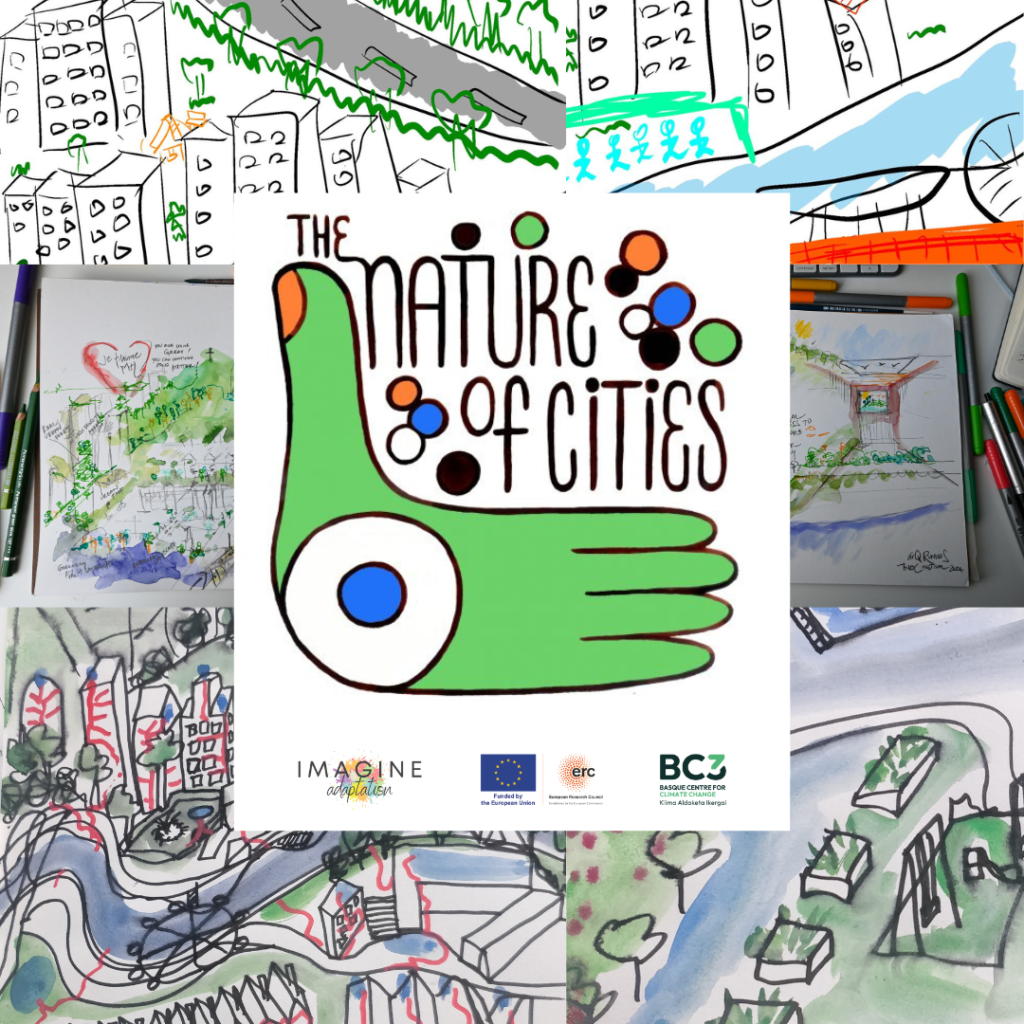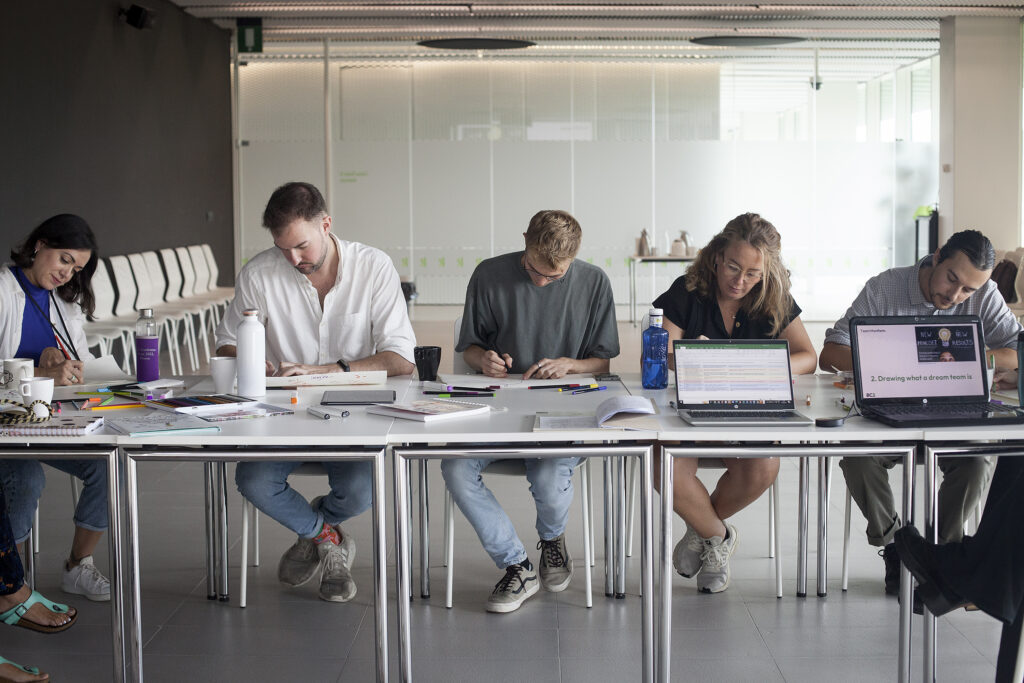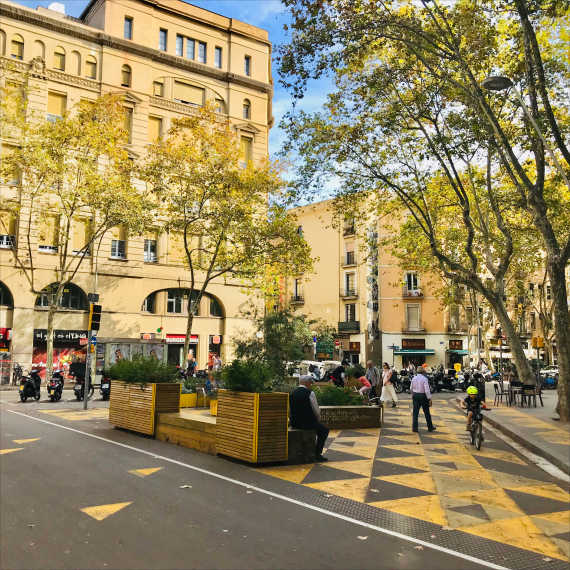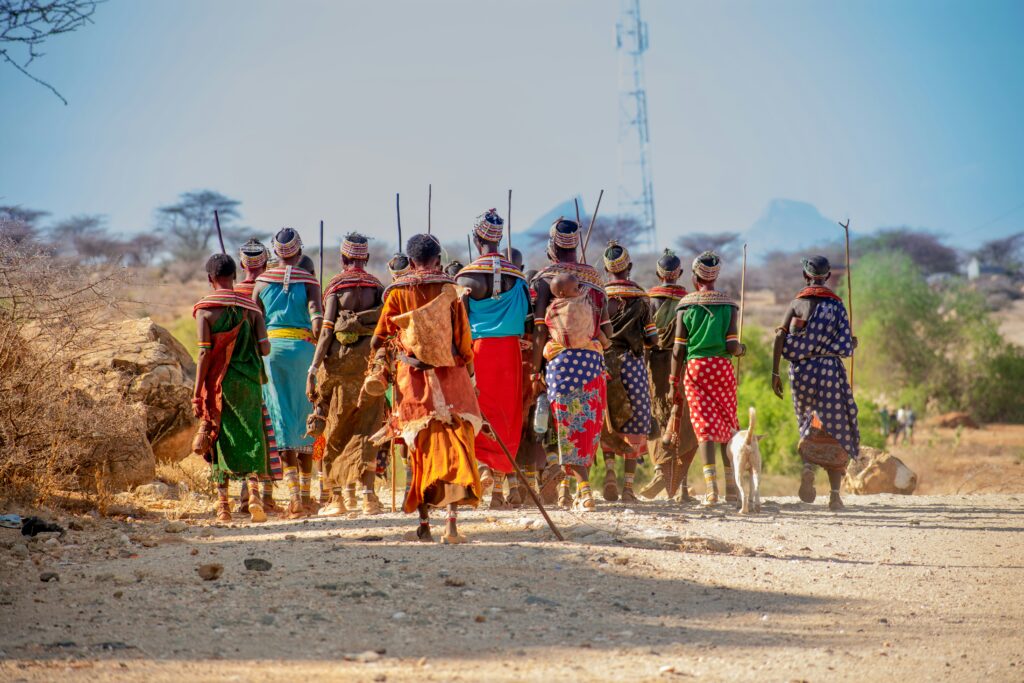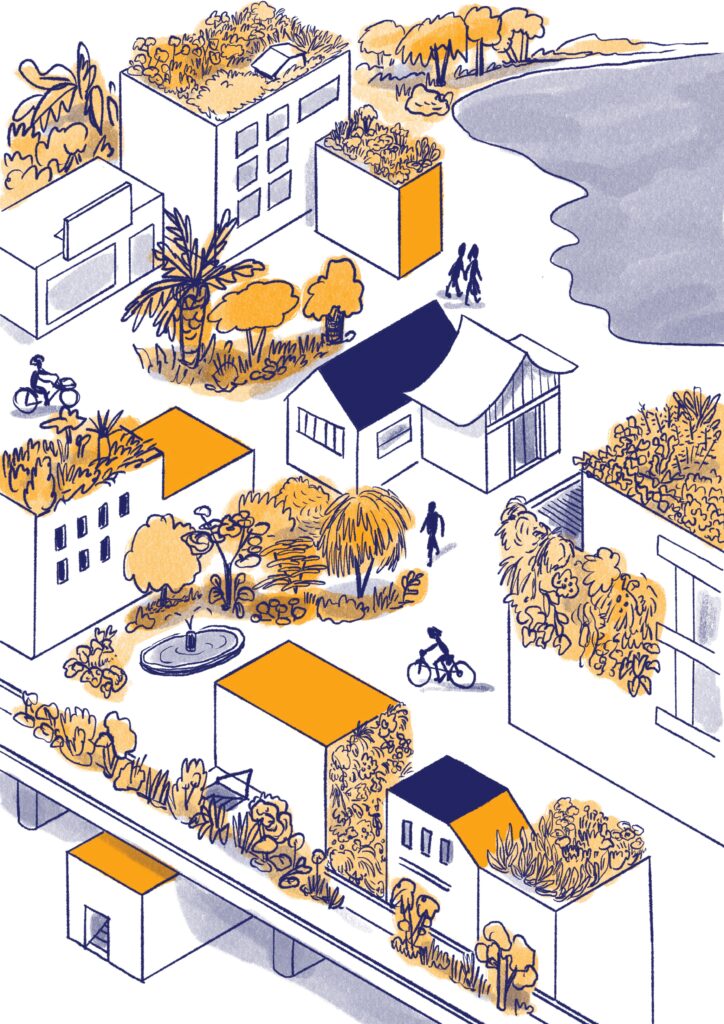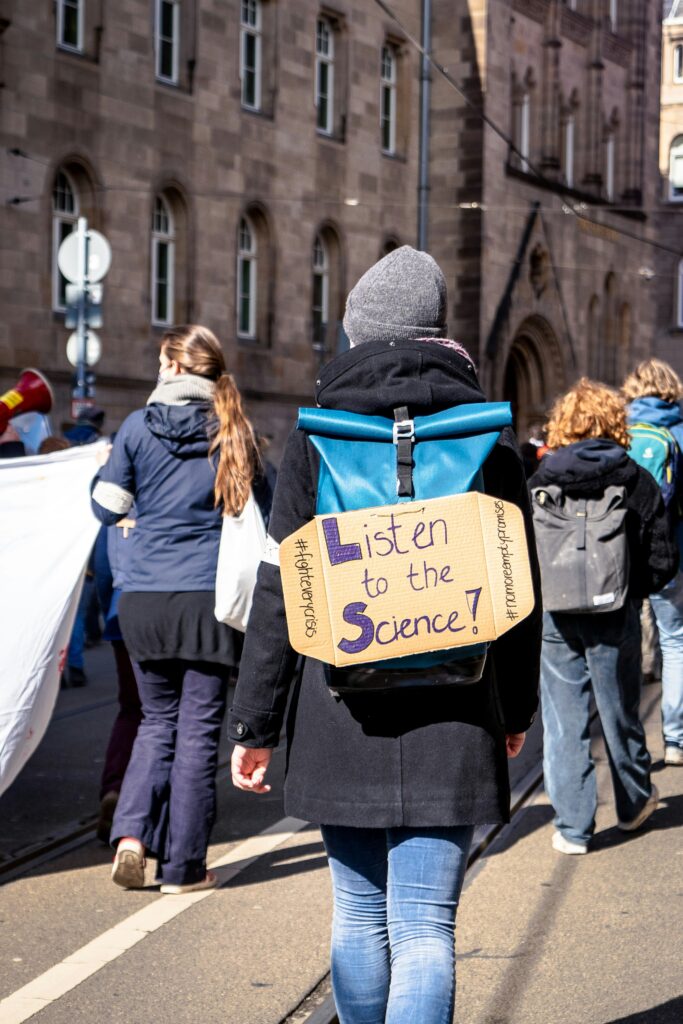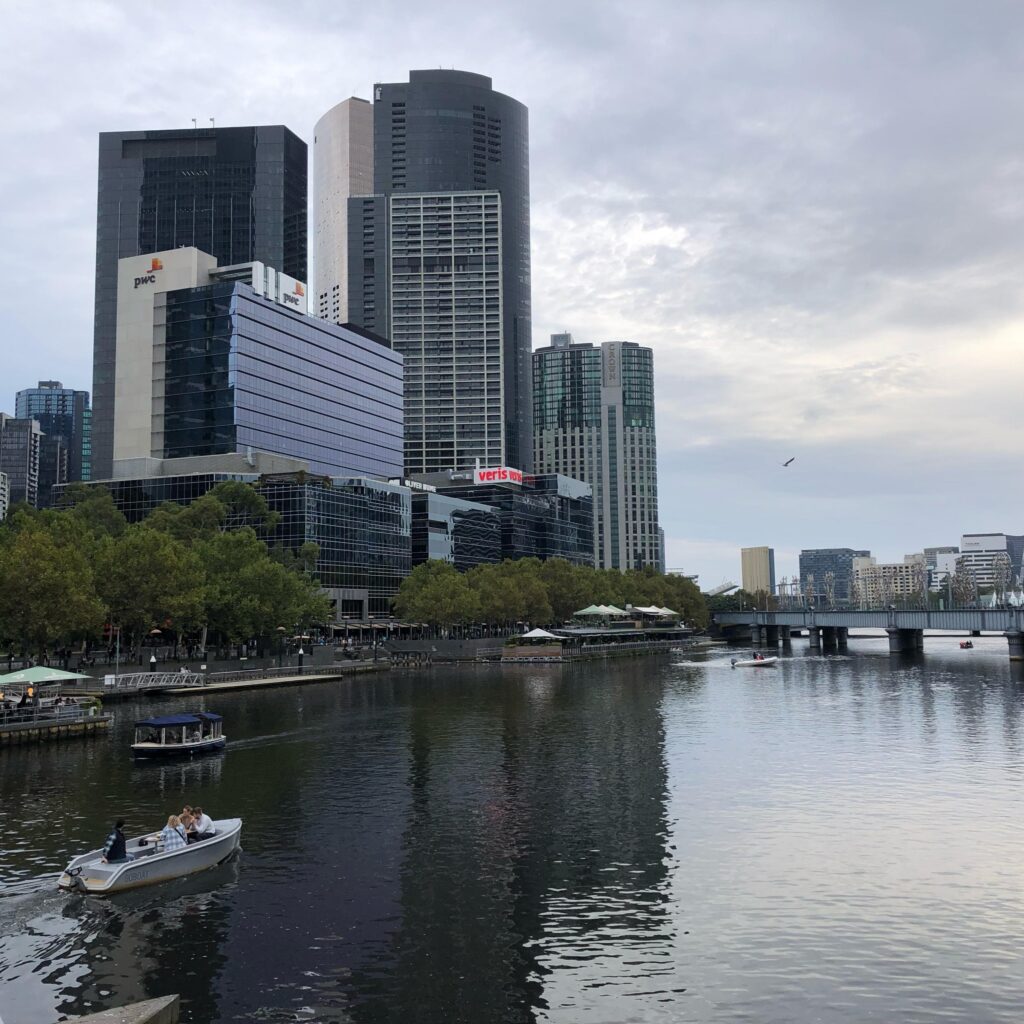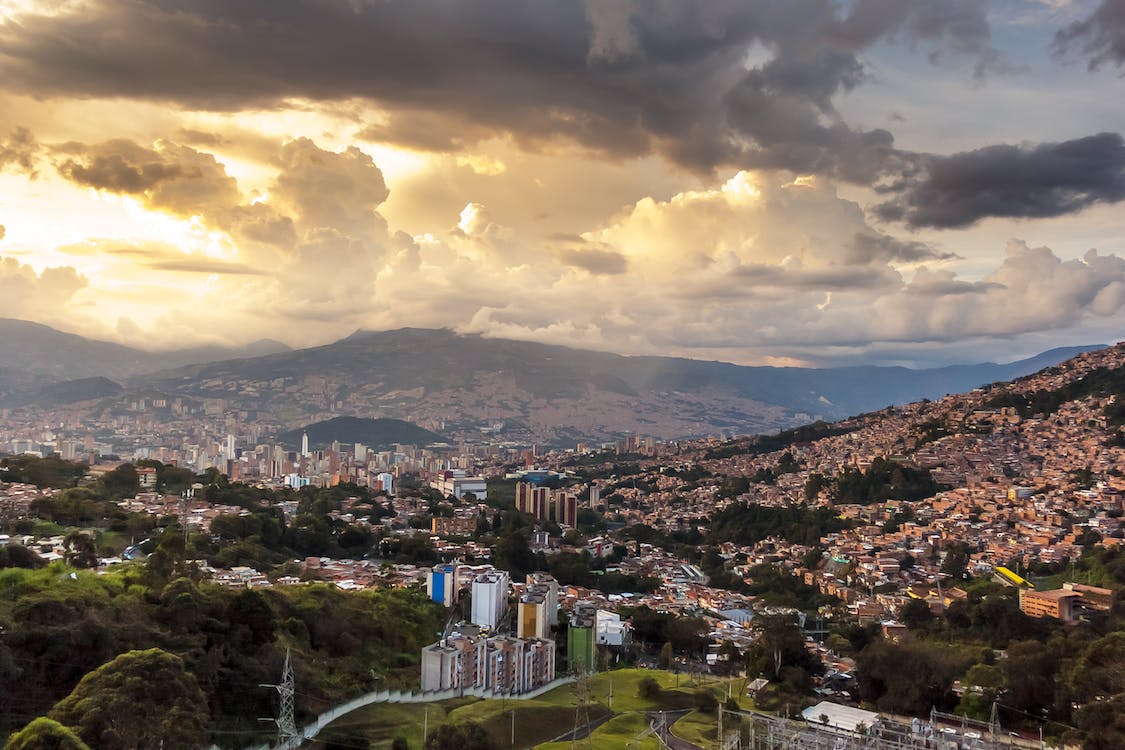
The Green Corridors of Medellin: A Case of Successful Adaptation?
Medellin is a recent example of a city taking action on air pollution and rising temperatures in the city whilst tracking the result.
Peter Drucker (1995):
“You can’t manage what you can’t measure”
By taking to heart the above quote IMAGINE adaptation emphasises the importance of monitoring, evaluation, reporting, and learning (MERL) in the context of urban adaptation. IMAGINE adaptation argues that the current focus on policy progress can be a useful first step, but it is not indicative of effective adaptation. A broader understanding of success is required, one that goes beyond technical definitions and considers equity, justice, and maladaptive issues.
In Medellin, the project “The Green Corridors” is a good example of re-imagining what adaptation in cities could look like whilst tracking the result.
For instance, a system of more than 30 green corridors has been developed to connect the city’s green spaces through streets full of trees and shade; incorporating vertical gardens, planted road verges, hills, parks, and streams. In total, around 893.000 trees and about 2.6 million other plants were planted in the project prior to 2021, to improve air quality and temperature in the city.
Additional to the environmental improvements the city included a social perspective to this project. Medellin involves locals in the decision on which initiatives get funded through a municipal participatory budgeting system; the citizens contributed through their selection of initiatives to achieve a greener city. Another aspect in line with the citizen involvement is the maintenance which is carried out through volunteers that are managed by the local community to support the main working force, the gardeners. The program, established by the green corridor project, helped socially vulnerable community members to start anew with a permanent occupation as gardeners.
Crucially, the city of Medellin measured the temperature in the city before and after implementing the green corridors. This monitoring helps the city tell if the project is having the desired cooling effect as highlighted by the quote below from the Head of UN Environment in Colombia.
Juan Bello (2019):
“Monitoring will be key to further demonstrate the multiple benefits of this approach over time”
Interviews with Medellin citizens and the former Mayor of Medellin, by different magazines show that the citizens noticed a change in behaviour among themselves, precisely in the increased number of people that enjoy the city’s public spaces, after the implementation of “The Green Corridors”.
At present other cities, like Bogota and Barranquilla, are adopting similar approaches to fight their own climate and urban challenges.
Looking through the lens of IMAGINE adaptation at the future of the project, more MERL – approaches come to mind. Medellin could implement permanent monitoring stations (air quality, etc.), start collaborating with local organisations and implement a data transfer from monitoring to institutions that are responsible for evaluation and adjustments. Citizen participation in the evaluation process could prove beneficial for maintaining and improving the project. The information to keep the citizens updated is simultaneously a kind of report of the project’s status.
To put it in a green nutshell, the city has made efforts to track the work they are doing. For example, where monitoring has been undertaken by the municipality or research institutes, evaluation by professionals and scholars, reporting via networks, publications, and reports. By tracking the work that they are doing the city can help in knowledge transfer to other cities looking to improve their own work on adaptation as well as reflecting, and revising their own approaches if they are not working.
That being said, there are no limits to imagining adaptation.
Image: César Gaviria



